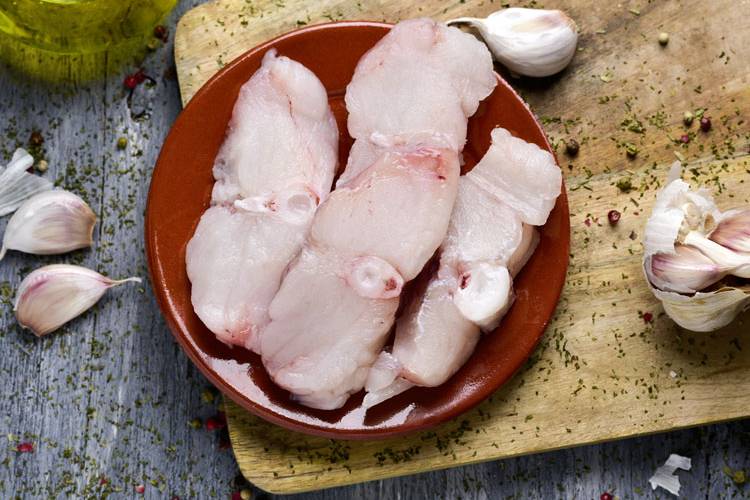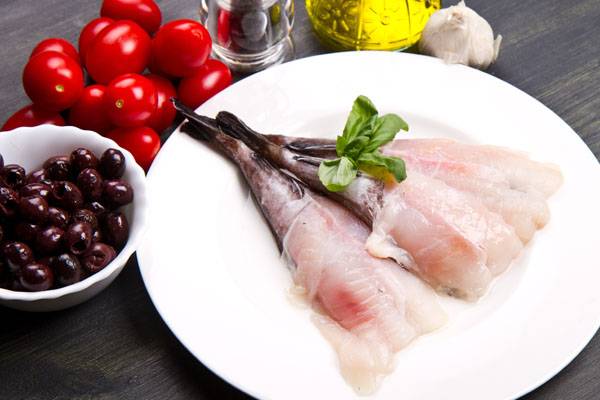Monkfish: white fish with many properties
Ignored for many years by fisherman thanks to its appearance, monkfish today is highly prized in the kitchen. Its versatility and its high nutritional value has become a party dish, great for celebrations and having fun around the table.
fresh food
Share

Nutritional value
The monkfish is a white fish that has a low fat content and, therefore, its calorific value is very low. On the other hand, its protein content is high and it’s a good source of B vitamins (concretely B12 and B3 and minerals like selenium and phosphorous, and, to a lesser extent, iron).
For all those reason, it’s highly recommended for anyone and especially for anyone that’s following a low-calorie diet. What’s more, as it doesn’t have bones, it’s a good way of getting little ones used to eating fish.
The best known species
There is a family of monkfish and two of the most sold are white and black monkfish. The differentiating characteristics is the colouring of its peritoneum (a membrane that covers the visceras), which makes it difficult to identify at a glance.
The main areas it can be found in are the Mediterranean and the Atlantic. The fishing zones for the white monkfish extend from the Gulf of Guinea to the Barents Sea, and those for red and black monkfish stretch from Senegal to the UK. The methods most often used for the fishing of monkfish are trawling, long line and nets. The season is year round.

From the sea to the kitchen
- The head, spine and skin are the perfect base for a good fish broth, which can be used to make rice dishes or soups with a great flavour.
- The flesh allows it to be prepared in lots of different ways: baked, in stews, on the barbecue, raw in ceviche or boiled in salpicon.
- The liver has an intense flavour and can be used as a part of the dish your preparing to give it flavour, or also treated like duck lever or fresh foie, cooked on both sides on the grill.
Did you know…
The monkfish was initially looked down on by fishermen. Whenever it was caught it was thrown back into the water. The names it has don’t really help, two of the most common being frog of the sea or sea frog. These are names that clearly reflect the negative way it was viewed.






